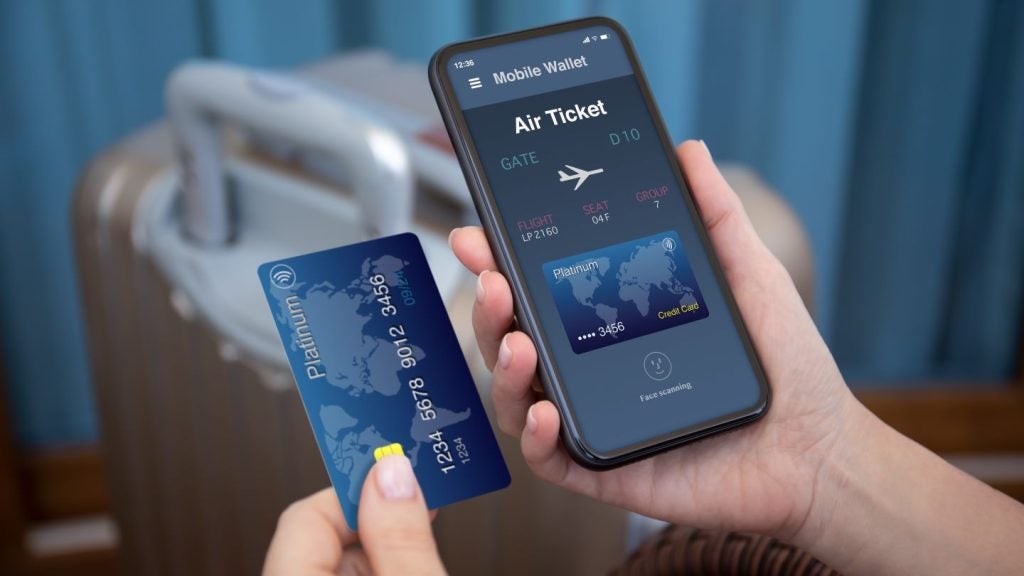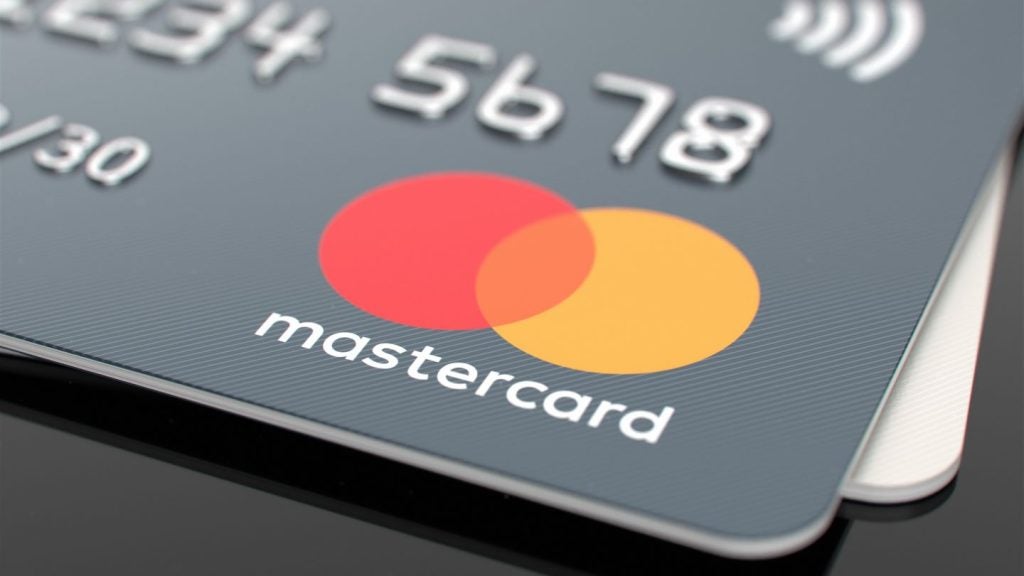As mobile payments become more prevalent, it is not surprising that a growing number of retailers across the world are embracing the trend to increase and facilitate more sales. Briony Richter reports
Payments technology is continually evolving and becoming faster and more reliables. The industry has been influenced by a number of key factors; these include regulation, emerging technology, fierce competition and changes in consumer behaviour.
Those are just a few – and they continue to shape the payments industry in a variety of different ways. New research from Mastercard reveals that just 43% of spending volume is done physically in stores, while online commerce – in all its forms – accounts for more than half.
Of the 57% volume spent online, almost half (27%) is made up by spending on mobile devices, according to data from a pan- European survey of more than 18,000 people. Mastercard’s own spending tracker backs up the increasing consumer shift to digital payments, especially mobile. According to the Mastercard SpendingPulse, online shopping will see the strongest sales growth of the holiday season, up 11.1% year on year.
Head of retail at Mastercard UK, Janne Karppinen, comments: “Technology will have an increasingly important role in helping retailers woo shoppers back to the high street. The most successful stores are always gearing themselves around the overall shopping experience.
“These shops are becoming places to interact and personalise products rather than simply a place to buy things. We expect to see this trend to grow as smaller retailers realise they can offer something the online world can’t.”
How well do you really know your competitors?
Access the most comprehensive Company Profiles on the market, powered by GlobalData. Save hours of research. Gain competitive edge.

Thank you!
Your download email will arrive shortly
Not ready to buy yet? Download a free sample
We are confident about the unique quality of our Company Profiles. However, we want you to make the most beneficial decision for your business, so we offer a free sample that you can download by submitting the below form
By GlobalData
Trends across Europe
Using a mobile device to pay is convenient, secure and in-app, so it eliminates the hassle with physical wallets and cards. Speed is also a clear winner for many consumers.
By being able to store all account details and data electronically, customers no longer need to search through purses or bags for a card and enter a PIN. Transferring money to another person has also become a speedy mobile payment speciality. According to Mastercard, 23% of German respondents used their mobile device or tablet at home to make a purchase.
In October 2018, Wirecard partnered with Germany’s EHI Retail Institute to form a new consortium, the EHI Mobile Payment Initiative. Focusing on mobile payments, the initiative will take into account both retailers and consumers across the country. Other members include Visa, Mastercard, Google, Payback and GS1 Germany.
The members will exchange their expertise to help the retail industry address growing demand for these payment solutions. A survey by EHI showed that approximately 20 million consumers in the country are open to using mobile payments. On the lower adoption side is the Netherlands, with only 13% using a mobile device or tablet to pay while at home.
The Netherlands also has one of the highest proportions of consumers going into the store to buy (57%); this is just behind Russia, which has the highest at 59%. The UK has rapidly adopted digital payment technologies; 20% pay with a mobile device or tablet at home, and a further 7% use a mobile device or tablet to pay elsewhere. In the UK, the most popular products purchased through m-commerce are clothes and accessories, with just over half of British adults having bought them (55%). Food and beverages is the next most popular category, with 45% of UK shoppers having made a mobile purchase – the highest in Europe.
In an increasingly digitally connected world, convenience and enhanced security are undoubtedly the biggest priorities for consumers. On top of that, using a mobile device gives customers the flexibility to choose from a range of payment options and deals.








